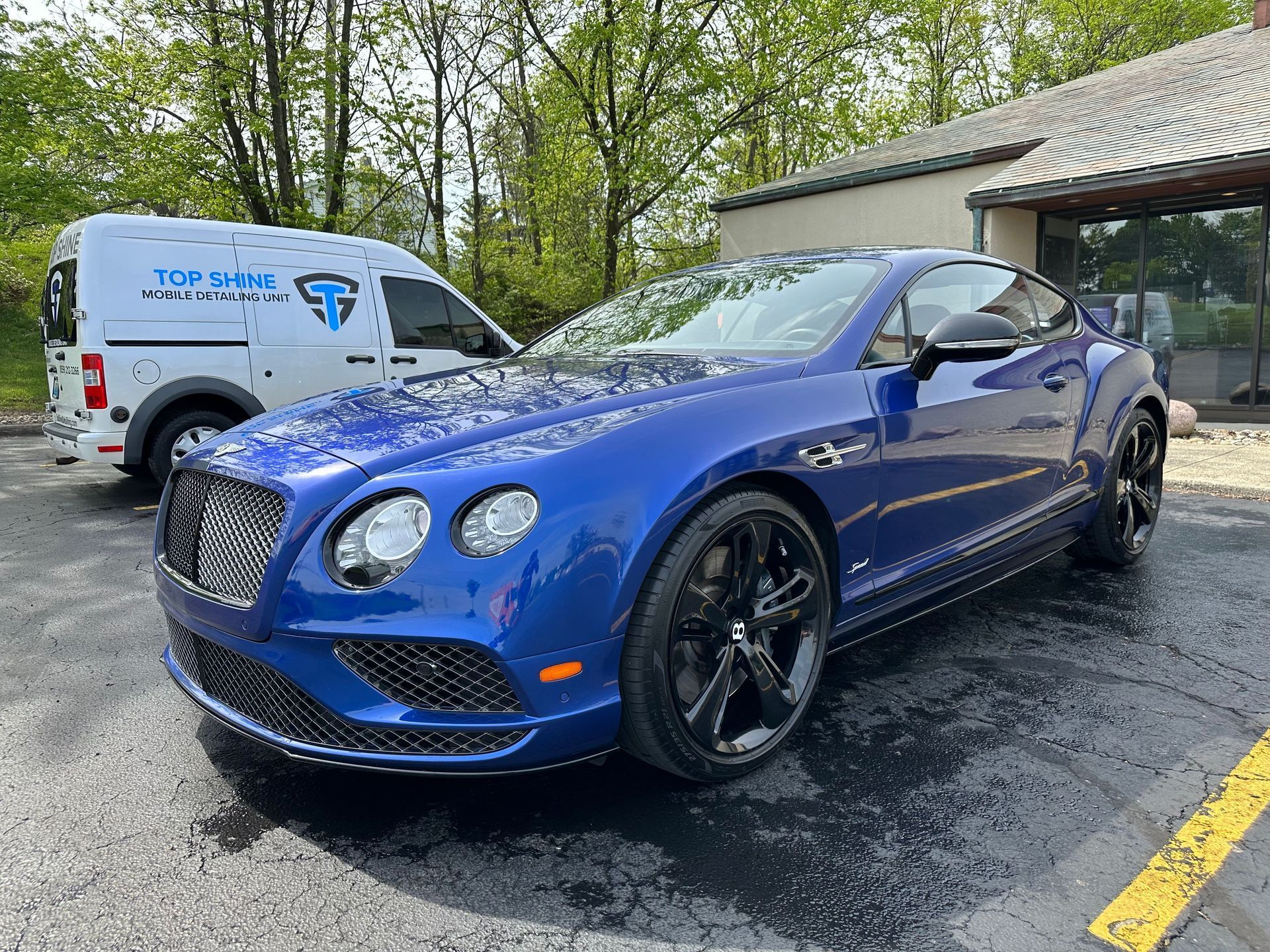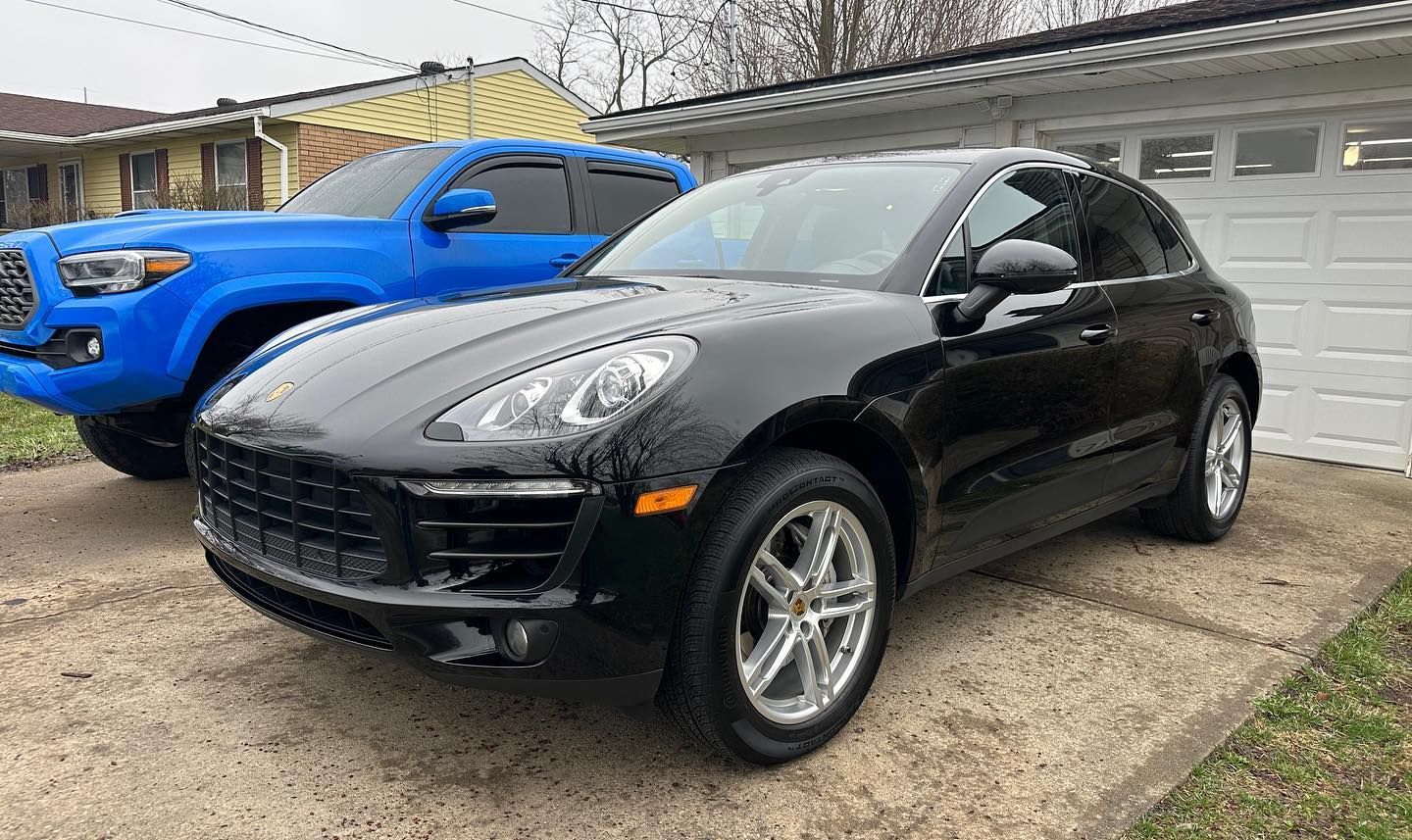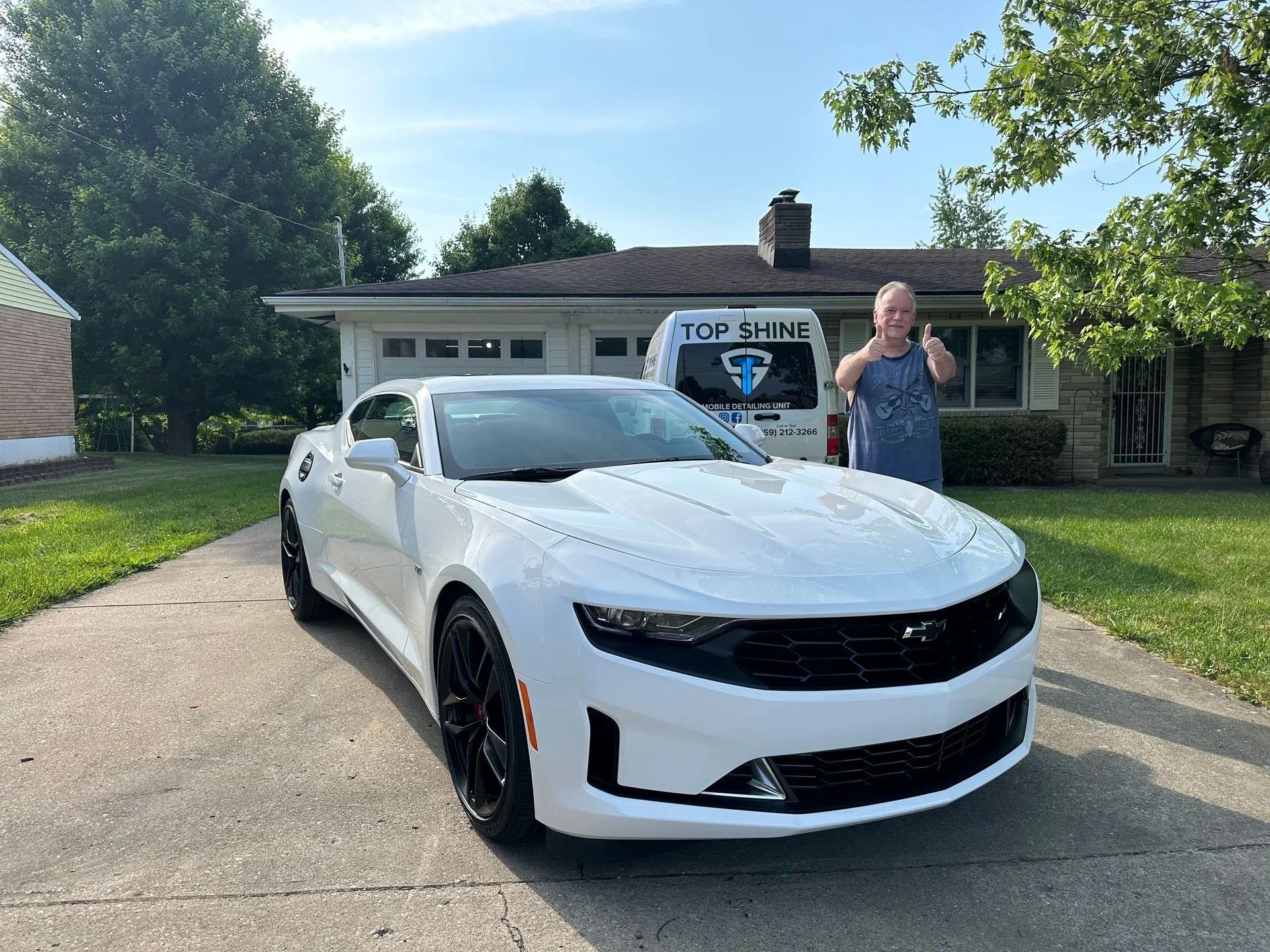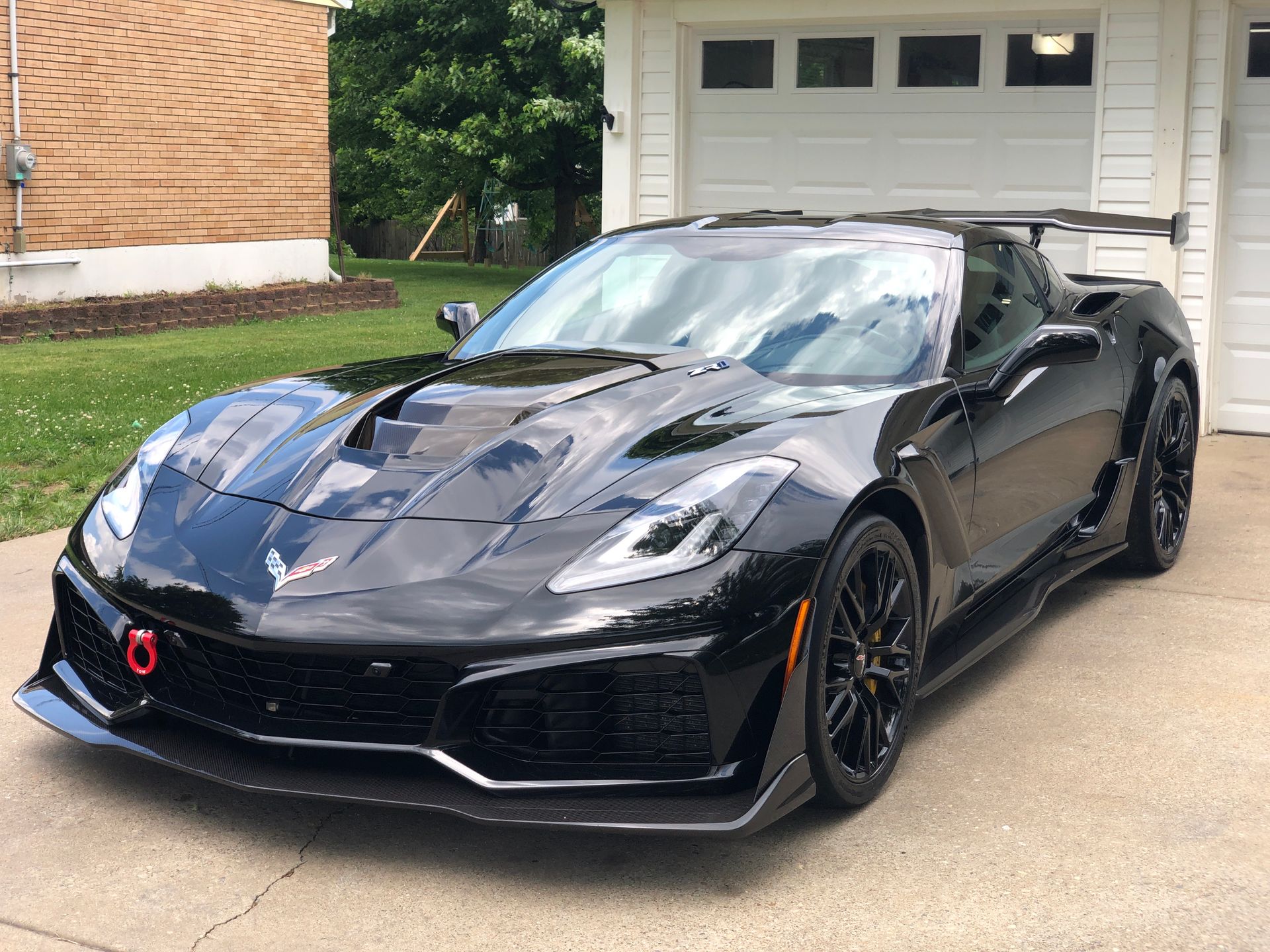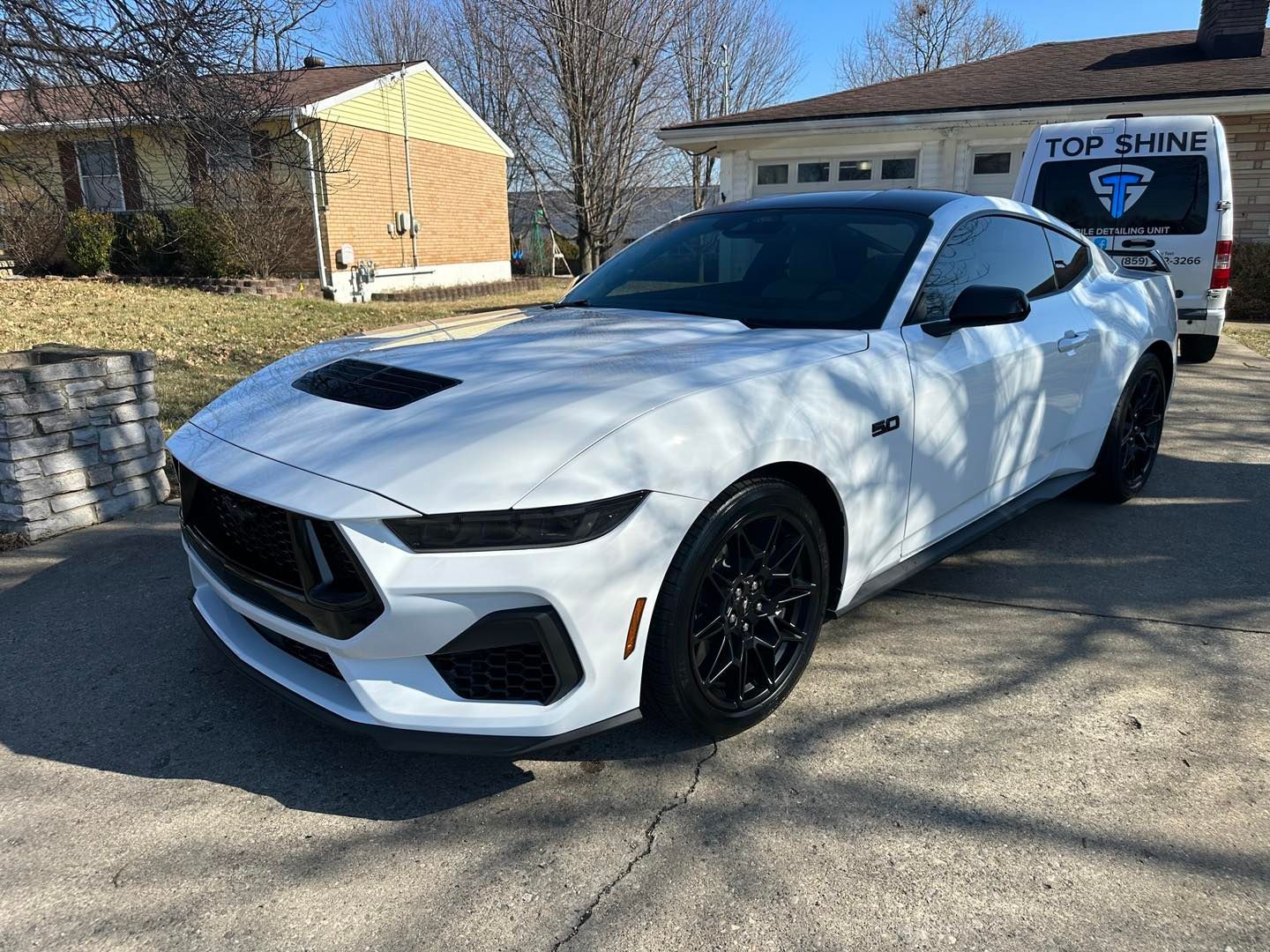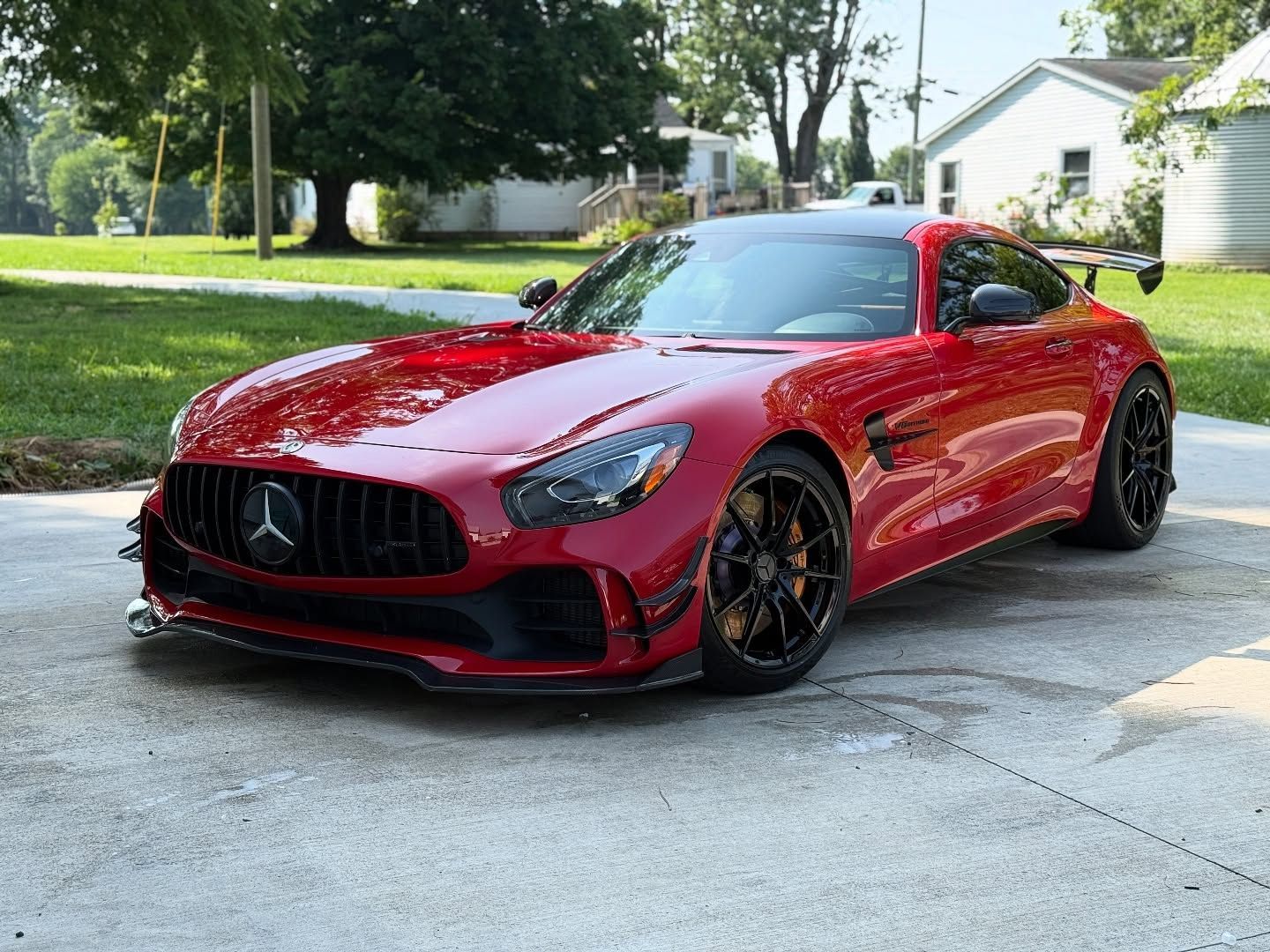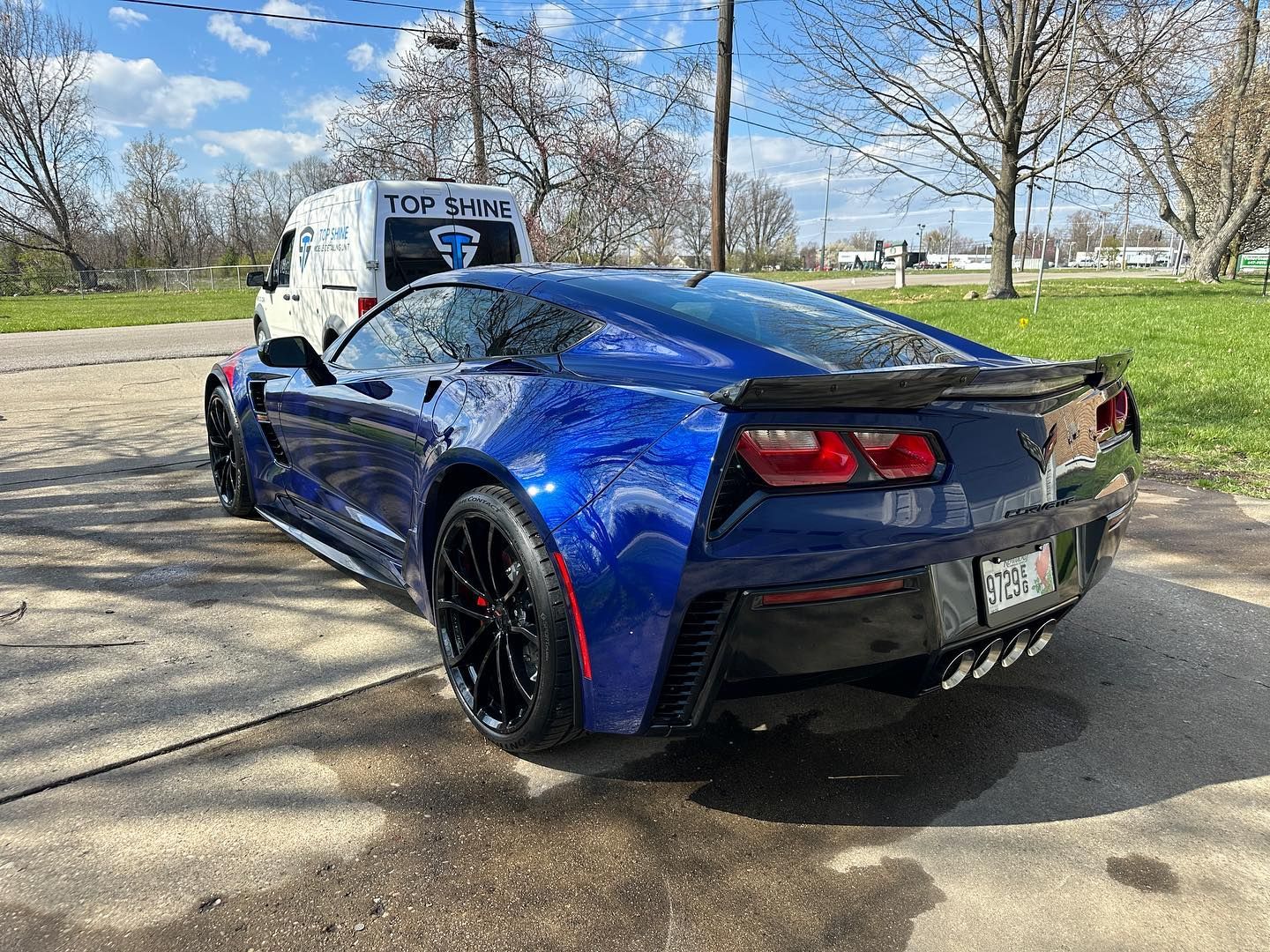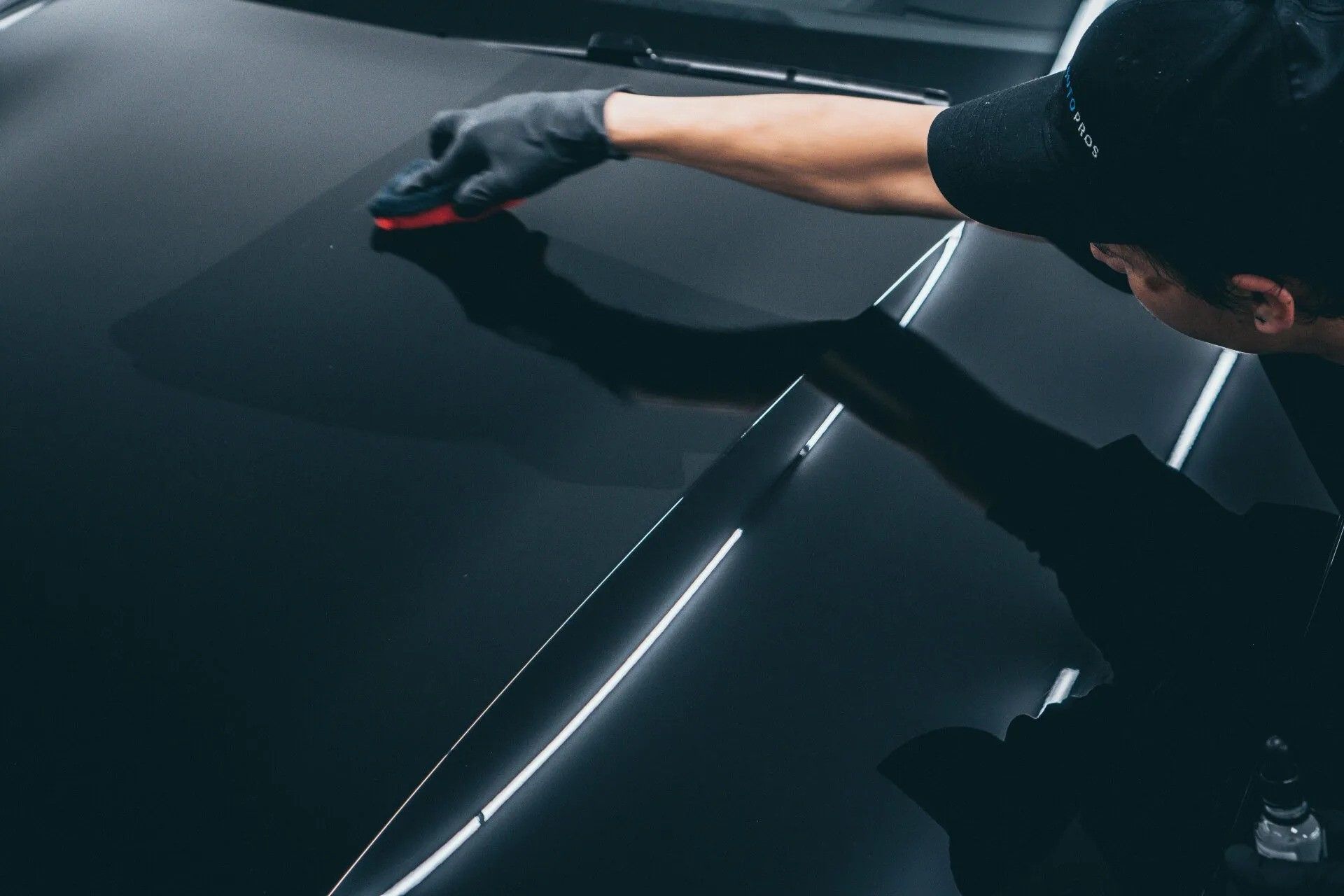Washing your car might sound like a simple chore, but there’s actually quite a bit to it if you want to achieve that perfect shiny finish. In this guide, we’ll show you the dos and don’ts of car washing so you can turn an everyday task into a rewarding experience that leaves your vehicle sparkling clean. In our article on Car Washing Tips: The Dos and Don'ts, we emphasize that you should always gather the right supplies before washing your car and clean it in sections from top to bottom. Additionally, avoid using traditional soaps or washing in direct sunlight to prevent damage to the paint; instead, opt for biodegradable cleaners that are safe for the environment.
Preparation for Washing
Proper preparation for washing the car is crucial for achieving that impressive, spotless finish while also safeguarding its pristine paint. First things first, it's essential to park the car in a shaded area. This simple measure prevents the sun from baking in the cleaning agents too quickly, which can leave those frustrating soap spots or streaks on the vehicle after washing.
Next on the list is gathering all necessary supplies. Make sure you have a bucket, quality car wash soap, several microfiber mitts, soft sponges, clean rags, a hose equipped with a spray nozzle, and a large microfiber drying towel.
Let's talk about an important but often overlooked item: the bucket's grit guard. This nifty device sits at the bottom of the wash bucket and acts like a filter, ensuring dirt and grime settle at the bottom. This helps prevent those unwanted abrasive particles from sticking to the cleaning mitts when you retrieve them from the bucket, which can mark your car's delicate paint surface.
Having these preparations in place not only optimizes the washing process but also protects the vehicle from potential damage. The right setting, tools, and precautions create an environment where every squirt of soap and splash of water work harmoniously towards revealing that vibrant shine you desire.
Effective Hand-Washing Techniques
When you pick up that sponge or wash mitt and tackle your car, having the right methods in your toolkit makes all the difference. The two-bucket method is a game-changer; it’s like having a safety net against marks. Simply set up one bucket filled with soapy water and another with clean water for rinsing. By switching between these two buckets, you minimize introducing grit back onto the car’s surface.
Section-by-Section Approach
Start from the roof and work your way down. This smart approach harnesses gravity's pull to help detach dirt, preventing runoff from dirty areas onto freshly scrubbed sections below. It’s tempting to mix up your motions, but sticking to straight back-and-forth strokes is ideal here—this technique helps prevent swirl marks that can discolor your car's shine.
Rinse Frequently
One crucial aspect of effective handwashing is the constant rinsing of each section. After washing an area, make sure to thoroughly rinse off any remaining soap before proceeding to the next segment. If soap residue dries on the surface, it can leave unsightly streaks or spots, along with making subsequent cleaning more difficult than necessary.
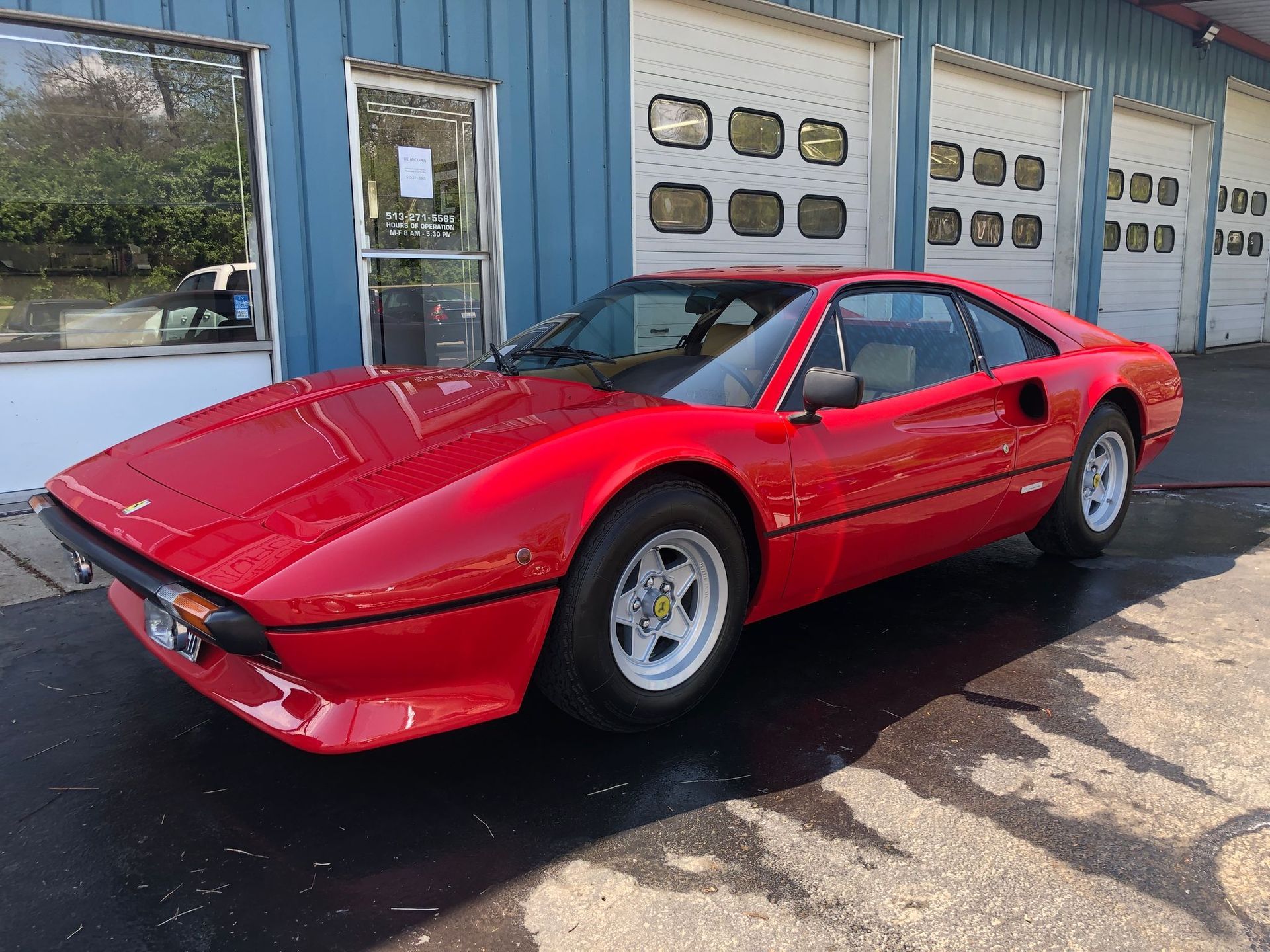
Safely Using Pressure Washers
The first step in using a pressure washer effectively is understanding how to choose the right settings. Selecting a pressure washer with psi (pounds per square inch) settings between 1200 to 1900 is ideal for cleaning cars without causing harm. Anything above this range risks chipping paint or potentially causing dents on the vehicle's panels.
Distance and Angles
While washing your car, maintaining a distance of at least 1-2 feet from the surface is vital. This distance helps disperse the water pressure evenly across the vehicle’s body rather than focusing all the force onto one spot, which could lead to paint damage.
Pre-Rinsing
Before diving into any thorough washing, always pre-rinse your vehicle with the pressure washer. This approach clears off loose dirt and grime, creating an effective starting point for a deeper clean. Safe practices lead to smoother operation every time you wash your car.
Understanding these essential techniques not only protects your vehicle's appearance but also ensures efficient cleaning as well. With just a little care in setup and technique, you can maintain that glossy finish without stress or damage.
Essential Dos for Car Washing
To start off, it’s essential to gather all necessary supplies before you even think about washing your car. Cleaning the wheels and tires first is a best practice that prevents dirt and debris from splashing onto freshly washed surfaces. It's a detail that many often overlook, but it’s essential. Use a dedicated wheel cleaner and brush to get into those tight spaces—this way, when you move on to cleaning the rest of your vehicle, you're ensuring a clean slate rather than risking grime from the wheels ruining your hard work.
When it comes to washing your car’s body, always opt for a car-specific pH-balanced shampoo. Regular household soaps can strip away wax or sealants that protect your vehicle’s paint. Using the right product helps preserve that shiny finish and ultimately extends its lifespan.
For intricate areas like grills and emblems where dirt tends to accumulate, employing detailing brushes can make a world of difference. These brushes allow you to reach crevices that are often neglected, ensuring every nook and cranny is cleaned thoroughly. The effort put into these finer details resonates in the overall appearance of your vehicle; it's astounding how much of a difference this makes!
Key Don'ts to Prevent Damage
One of the most significant mistakes people make is using household detergents like dish soap to wash their cars. These soaps are designed for dishes, not vehicles, and can strip away the wax and protective layers that keep your car's paint shiny and safe. Instead, invest in a gentle, car-safe soap designed specifically for cleaning vehicles.
Another critical point is timing. Washing your car in direct sunlight or when the surface is hot can lead to drying spots or water spots that stick stubbornly to your paint. The heat causes soap and water to dry quickly before you can wipe them off, resulting in unsightly marks. Planning your wash during cooler parts of the day—early morning or late afternoon—can save you from that headache.
Additionally, when it comes to washing tools, don't mix and match those mittens. Using the same mitts for your wheels and the body can contaminate the paint with dirt and grime from the wheels, leading to marks on your vehicle’s surface. Keep separate mitts or sponges for each area; this small step promotes a cleaner result without risking damage.
It’s also vital not to ignore bird droppings or bug splatters. Leaving these deposits unchecked can wreak havoc on your paintwork. The acidic nature of bird droppings can eat into your paint if left for too long. A quick rinse after you notice them can prevent deeper damage later, so consider investing in a quick detail spray that can neutralize these threats until you get around to a more thorough wash.
Lastly, don’t forget about the undercarriage! This often-overlooked area accumulates salt and road debris, particularly after winter driving or on salted roads. Regularly rinsing underneath your car helps prevent corrosion and maintain its structural integrity. Neglecting this part of maintenance could turn into costly repairs down the line.
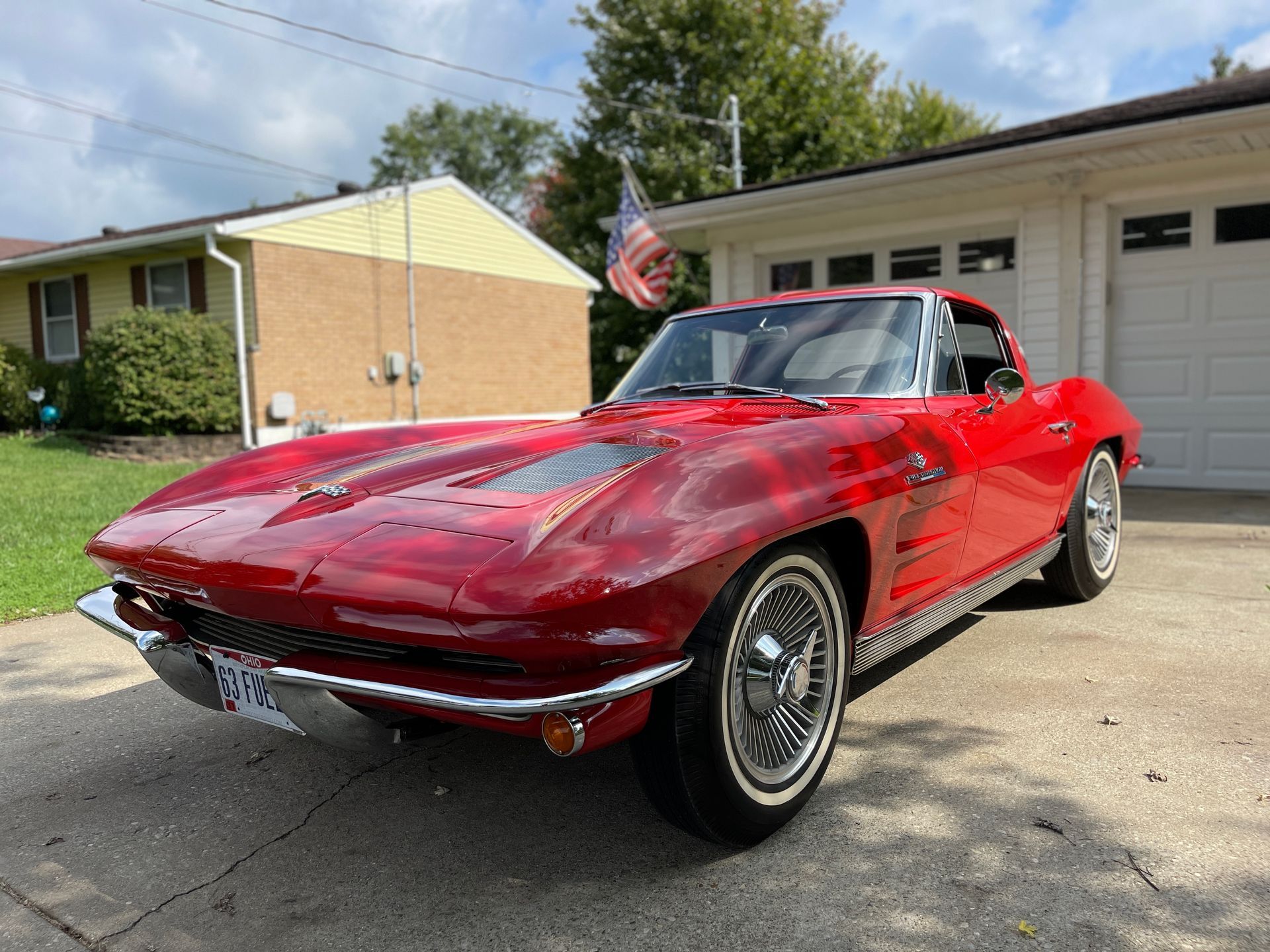
Drying and Finishing Touches
Proper drying techniques are essential in achieving a polished look while preventing annoying water spots. When drying the vehicle, consider using either a large microfiber drying towel or a specialized car-drying blower. These tools not only minimize the risk of marking the surface but are also effective.
Start at the top of the vehicle, letting gravity do some of the work for you as you methodically move downwards. As you dry, blot rather than rub; this technique helps absorb moisture without spreading it around or leaving streaks behind.
Quick Drying
Using a microfiber towel is key since its soft texture effectively captures water without marking your paint. If you're opting for a car-drying blower, hold it at a distance to avoid blowing dust onto the freshly cleaned surface. The gentle airflow can push water out of crevices where towels may struggle to reach. This dual approach—either blotting with a towel or gently blowing with air—ensures that your drying process complements the hard work you've already put into washing.
Apply Quick Detailer
Once your vehicle is dried to perfection, apply a quick detailer spray to add an extra layer of shine and protection. Spray this product evenly across the surface and use a clean microfiber towel to buff it in. This step enhances gloss and creates a hydrophobic barrier, making future washes easier. At Top Shine Detailing, our clients rave about this step; many leave us with smiles, reporting that their vehicles look showroom-new! This love for a high-gloss finish showcases how impactful this detailer can be, not just for aesthetics but for maintaining that brilliant look over time.
Door Jambs and Seals
Don't forget areas like doorjambs, seals, and intricate spots where water likes to hide after washing. A clean car isn't just about what's visible at first glance; attention to these details ensures long-term maintenance too. Wipe these sections carefully with a damp cloth, followed by a dry one to remove any remaining moisture.
Leaving water trapped in hidden areas can lead to mold and rust development over time, which is burdensome for any car owner and potentially costly down the road. Such preventative care is crucial in maintaining your vehicle’s integrity and longevity.
Washing Smarter: Keep Your Car Looking New With Us
Knowing the right way to wash your car makes all the difference in maintaining its appearance and protecting its finish. From using pH-neutral soaps and microfiber towels to avoiding automatic car washes with harsh brushes, every choice you make impacts the longevity of your vehicle’s shine. Equally important are the don’ts—like skipping the pre-rinse or washing under direct sunlight—that can leave behind scratches, swirl marks, or water spots. By following proper techniques and being mindful of what to avoid, you’ll extend the life of your car’s paint and coatings while keeping it looking its best.
Call Top Shine Detailing at (859) 212-3266 today to schedule a premium wash or full detailing service. Whether you’re protecting a fresh ceramic coating or just need a spotless clean, our experts have you covered.
